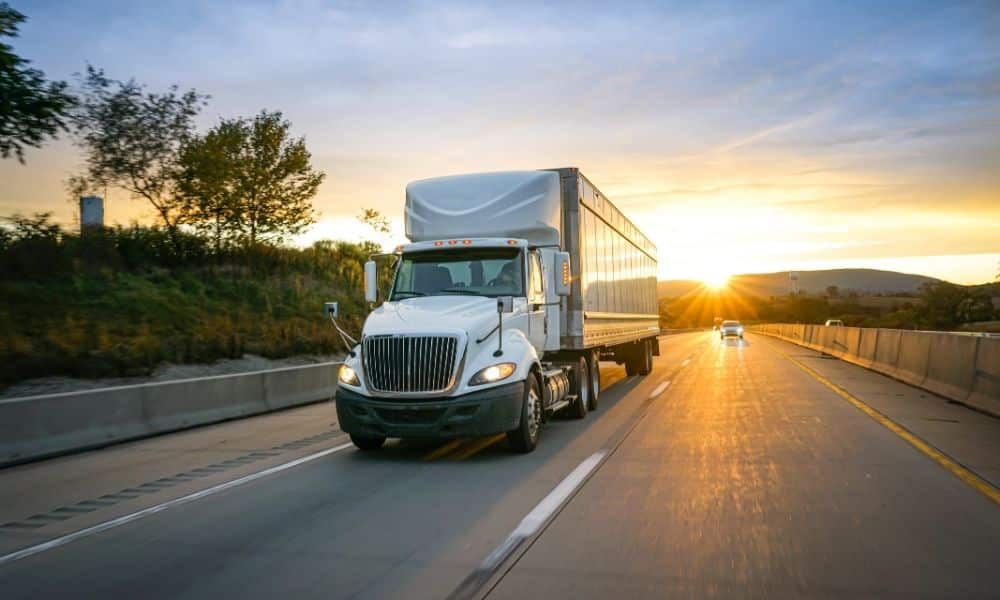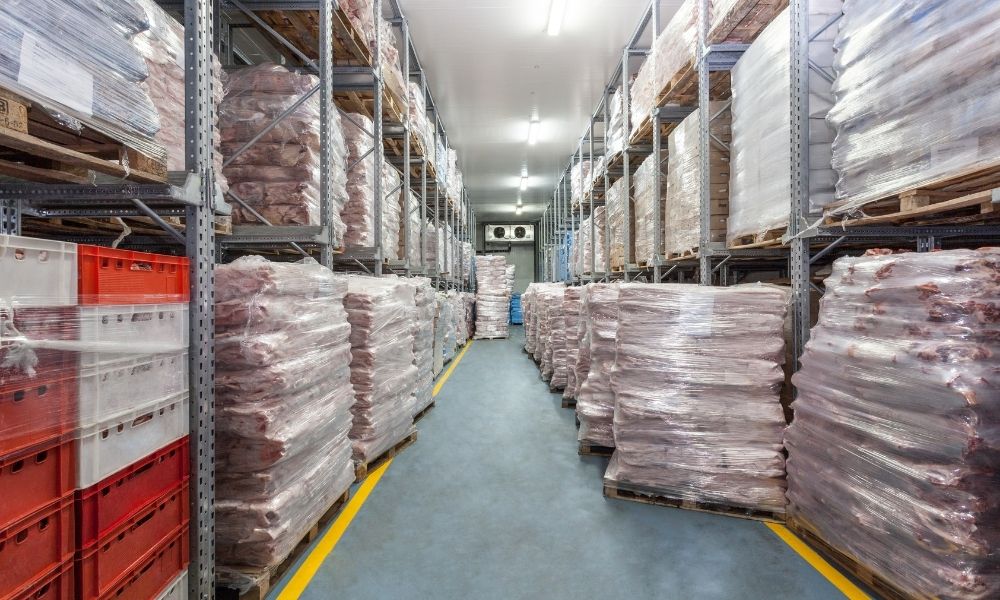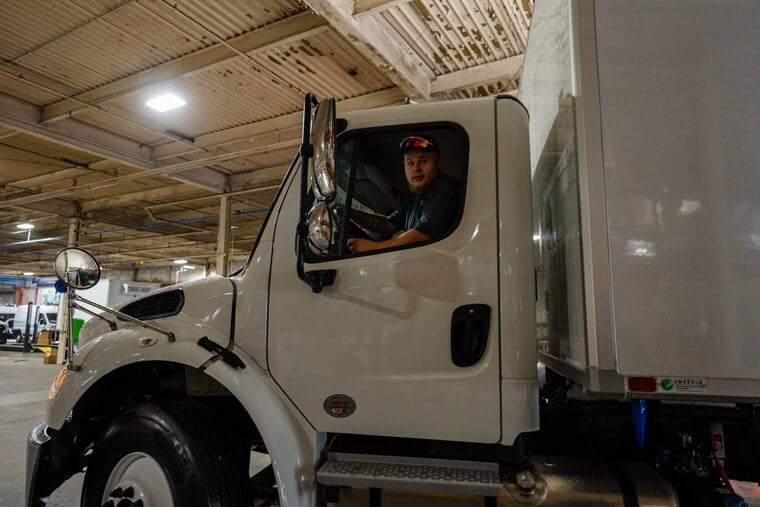
The Difference Between Cold and Normal Supply Chain
Joe Dickman | December 11th, 2020
The most important tool in the arsenal of many manufacturing companies is their distribution network. This is what allows businesses to thrive under less-than-ideal conditions. But the rules of shipping can be different if the product you manufacture requires temperature controls. Here are four examples of the difference between cold and normal supply chain.
Shipping Complexity
The biggest difference between normal and cold supply chains is the level of complexity required for the network to function properly. When dealing with a cold product, additional precautions are necessary to prevent temperature contamination from affecting the shipment. The cold supply chain will require additional planning to make sure the logistics are in place to handle your freight.
You should also be concerned with storage during the transit process. Be aware of warehouse conditions and if they’re properly equipped to handle cold storage. It’s also important that your shipments follow their delivery timeline to ensure the product reaches the destination promptly while still being cold.
Transport Vehicles
Unlike traditional freight shipments that can be thrown into the bed of whatever semi-trailer happens to be closest, a proper cold supply chain requires commercial refrigerated trucks and vans to properly get the delivery safely to the destination. Using the smallest possible size will not only potentially make deliveries less expensive, but it will also keep your items bundled closer together to preserve temperature.
Public Health Impact
Another important distinction between normal and cold supply chains is the products being delivered. Many of the items being delivered through a cold supply chain are vital to the health and safety of American citizens. Perishable food items and medical goods are common cargo for many refrigerated vehicles. These items are vital to keeping people safe and healthy, especially during cold and flu season.
Integration Requirements
The last difference between cold and normal supply chains is the integration required to run the distribution network. This is because cold supply chains are much more reliant on maintaining conditional integrity than a normal product. It’s critical that businesses can rely on deliveries to be made on time, which is something that an integrated supply chain can resolve.
If your cold supply chain is ready for an upgrade, contact the refrigerated vehicle experts at Emerald Transportation Solutions. We can create the perfect vehicle to meet all of your cold storage delivery needs.
Related Articles
Contact Us
Feel Free To Contact Us If You Have Any Questions
What does under DOT mean?
Questions regarding DOT requirements come up often. 10,000 lbs GVW (gross vehicle weight) and over are commercial vehicles that fall under the Department of Transportation regulatory requirements.
What is the difference between GVW and payload?
GVW or Gross Vehicle Weight is the entire weight of the vehicle including the payload. The payload weight represents the amount of cargo you are hauling.
What is a self-powered unit and a vehicle-powered unit?
A self-powered unit has its own fuel source and will run independent of the truck. This is the heaviest and most expensive option. While vehicle-powered units run off the engine via a compressor mounted on the engine. These are less expensive and lighter in weight but you must run the truck or plug the electric standby into shore power.
What does K-factor mean and why is that important?
K-factor is a term that stands for the overall insulating value of the container (truck body). Quite simply the lower the K-factor the better the truck body will be able to maintain a given temperature and require less energy to do so.
How much lighter is a Poly Van vs a US spec body?
Poly Van bodies are very light. On average we estimate we are 75-150 lbs per foot lighter than a traditional sheet and post foamed in place body. These weight savings translates to less fuel burn and less CO2 emissions, along with added payload, the most important benefit.






